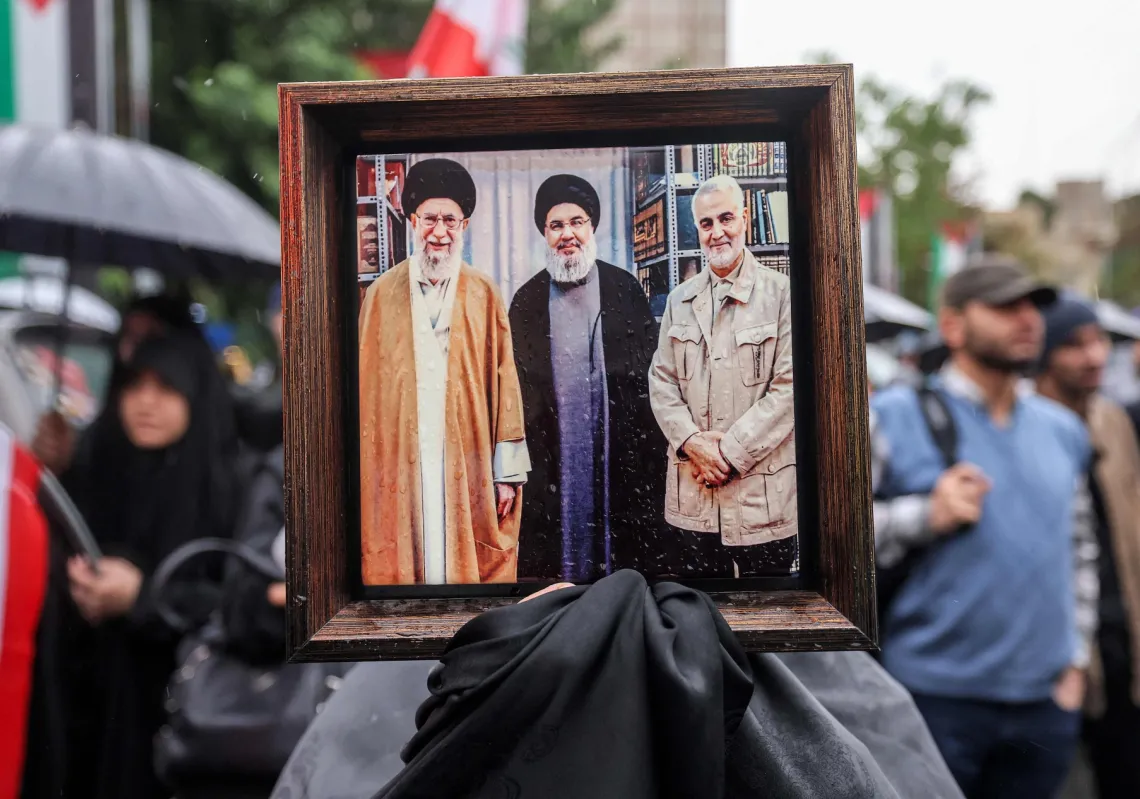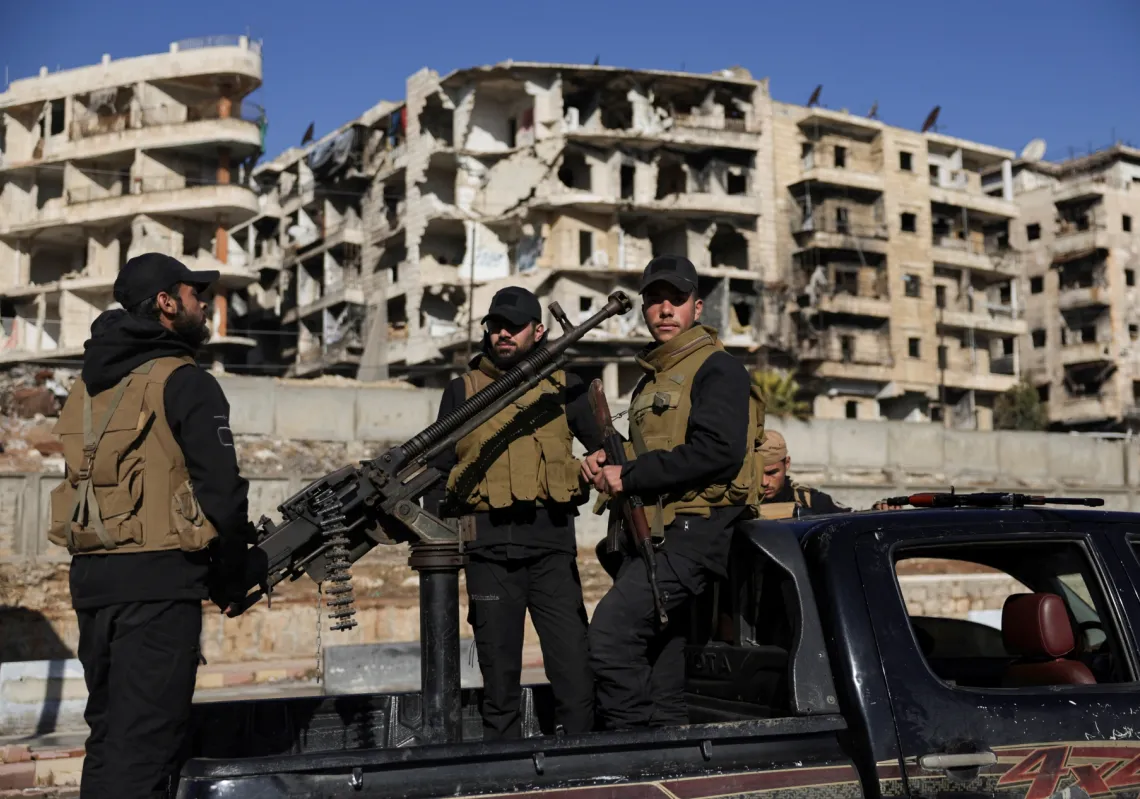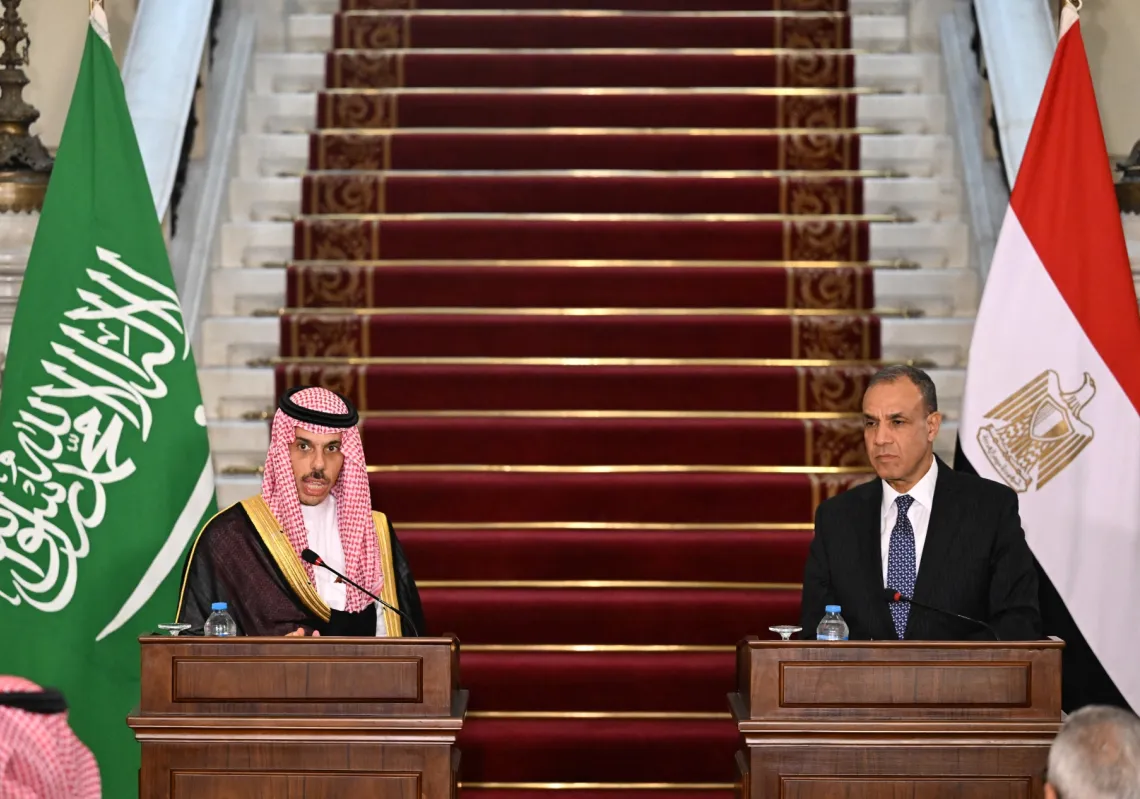For someone who has historically been viewed with deep suspicion by the West, the new-found popularity of Indian Prime Minister Narendra Modi bears testament to the increasingly pivotal place his country holds in world affairs.
It was not that long ago that major powers such as the US and the UK saw Modi as a pariah figure because of his ultra-nationalistic agenda — one that had resulted in India’s minority Muslim population being subjected to appalling acts of violence by the country’s Hindu majority.
After Modi was personally blamed for orchestrating a series of anti-Muslim riots in 2002 in the Indian state of Gujarat, where Modi was serving as Chief Minister, the British and American governments responded by issuing a travel ban against him over human rights concerns.
This was after an estimated 1,000 Muslims had been killed in outbreaks of ethnic violence and 150,000 driven from their homes.
Ultra-Nationalist agenda overlooked
Today, by contrast, concerns about Modi’s nationalist agenda no longer seem to matter as Western leaders seem far more interested in forging closer ties with the Indian premier.
US President Joe Biden, for example, went out of his way to afford the Indian premier a warm welcome when he arrived in June in Washington for a state visit, with Modi being received by marching bands, a lavish vegetarian dinner and a 21-gun salute on the South Lawn of the White House.













